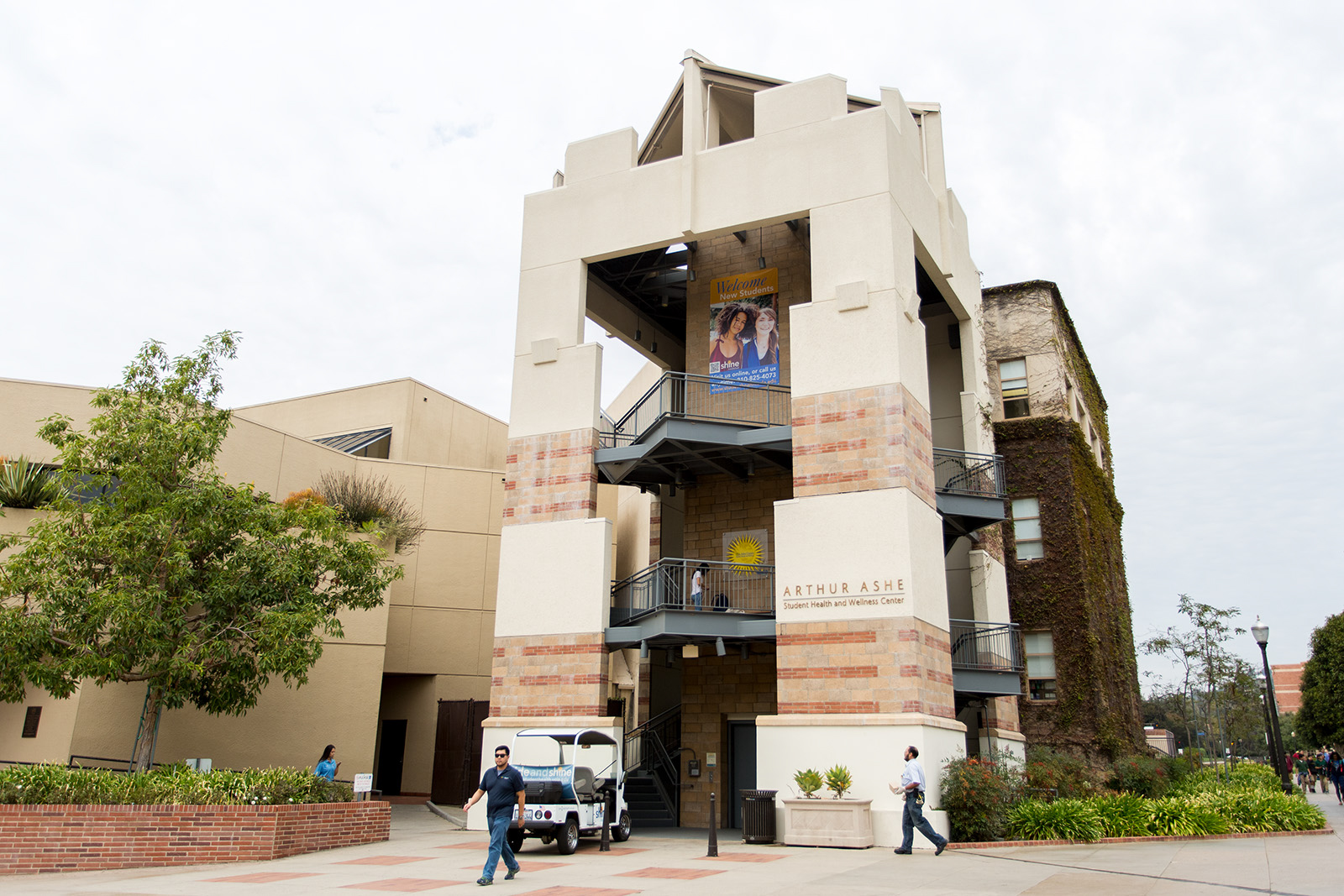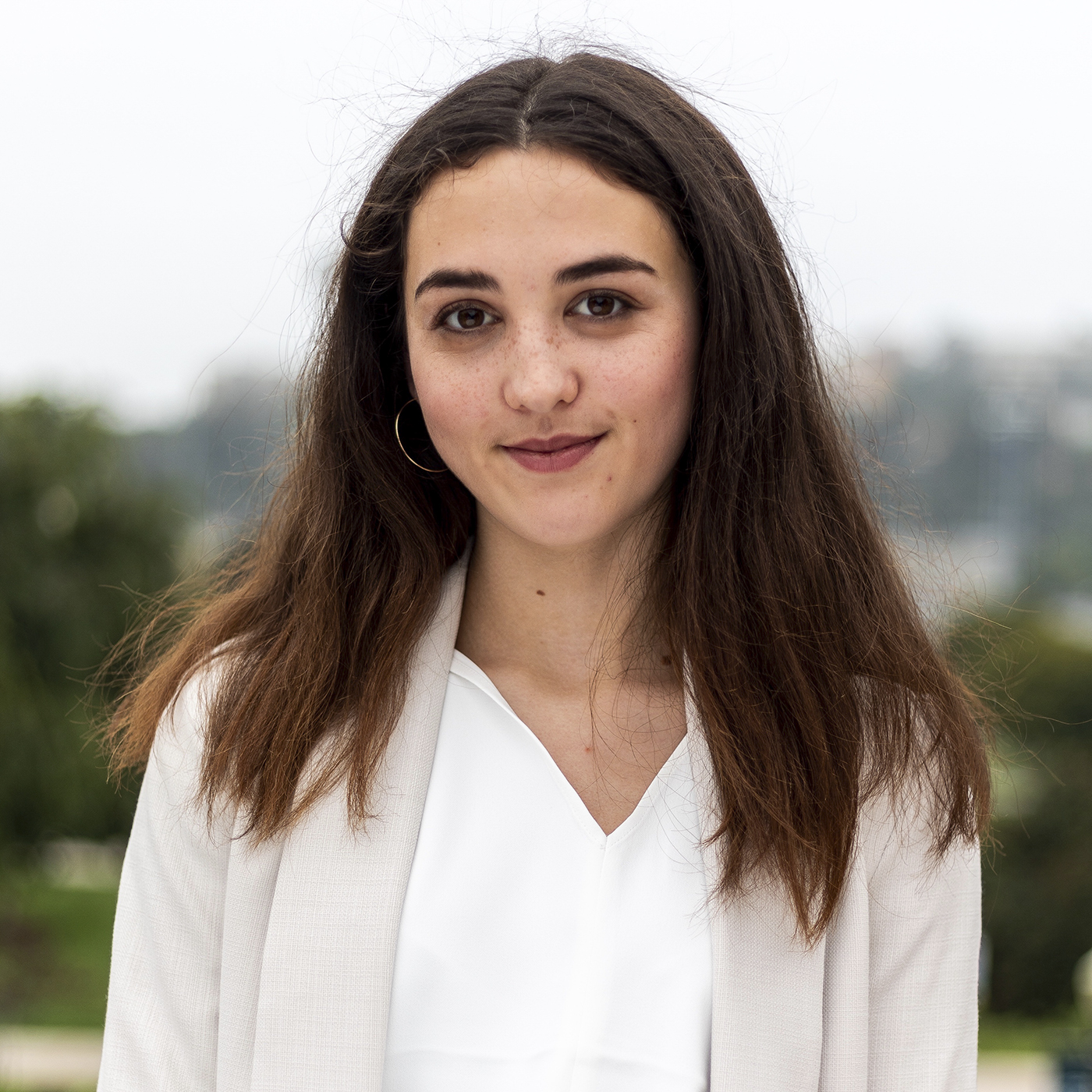Securing donations to fund Ashe Center should take greater precedence

Philanthropy efforts have previously benefited UCLA in many departments. The Arthur Ashe Student Health and Wellness Center is in constant need of more funding and staffers, something donors could help provide. (Daily Bruin file photo)

By Rachel Durose
Feb. 11, 2020 10:44 p.m.
Increasing class sizes and overcrowded dorms aren’t just causing irritation – they’re also spreading germs amid flu season.
Luckily, there’s a health center right in the middle of campus.
The Arthur Ashe Student Health and Wellness Center provides a range of services including primary care, U See LA Optometry, radiology, lab services and women’s health. Both the University of California Student Health Insurance Plan and private insurance cover Ashe Center services.
UC SHIP is a not-for-profit form of student health insurance offered by the UC, which has a $2,000 out-of-pocket maximum.
But with $18 million in donations for expanding psychosocial care for cancer patients and another $25 million going toward implementing a permanent Yanai initiative, it’s clear wealthy donors and foundations are interested in UCLA’s values of innovation – and not so much in students’ runny noses.
The glitz and glamor of medical research donations are, no doubt, appealing to donors. But UCLA was built for students and – when they’re not bedridden with mono – they’re the source of innovation that so many want to fund.
All they need is a university willing to solicit those donations.
Donors have the ultimate say in where their funds are going, but UCLA has the ability to establish their funding priorities. As such, the university needs to focus its efforts on soliciting donations for the Ashe Center, including efforts to expand clinical staff and to provide scholarships for student health insurance.
Ashe Center clinicians currently see up to 18 patients a day, said John Bollard, the interim co-executive director, chief of operations and chief financial officer of the Ashe Center. While that’s surely an accomplishment in efficiency, it speaks to overworked staff rather than a picture-perfect system.
The ASAP Clinic, a same-day urgent care clinic offered by the Ashe Center, has clinicians seeing 20 patients a day, even more than the average of other services, Bollard said. The Ashe Center is currently one physician short on staff and therefore has been forced to close its clinic early, he added.
The Ashe Center receives 25% of their budget from the student services fee, Bollard said.
“We don’t have to make our whole budget, just on the services we provide and admission premiums,” Bollard said. “So the campus giving us this student services fee really is very generous and a fantastic funding scenario from the university already.”
But there’s a caveat. These benefits from student fees are only advantageous if you’re one of the 65% of students who pay the additional $838.90 every quarter for UC SHIP to take advantage of these benefits with no out-of-pocket cost.
In 2018, UCLA sailed past a $4 billion Centennial Campaign goal and continued to fundraise into the next year. Over $700 million of these funds were privately raised and donated in cash. With this much money literally pouring into UCLA’s pockets, it seems unlikely there was a lack of donors interested in student health.
Instead, it seems the Ashe Center wasn’t made a top priority when it came to soliciting donations – instead, donors were busy spending $1 million on endowing a faculty math chair.
Brandon Broukhim, a third-year history and public affairs student, does not have UC SHIP and said he questions why UCLA Health is not the primary provider for students’ health needs.
“We talk all the time about student affordability and trying to make the UC (Board of) Regents cut tuition,” Broukhim said. “But I also think we have to look at student fees and make sure whomever on campus is charging students, they’re doing it with a specific purpose and it really helps the entire student community.”
However, not all of the UCLA community has affordable access to the Ashe Center.
The expectation is that students should be able to afford UC SHIP to make the Ashe Center affordable – a privileged perspective that doesn’t consider students who are unprepared or uninformed as to how health insurance works.
Samantha Marmet, a fourth-year anthropology student, said that she likes the services she has received at the Ashe Center, considering she did not have health care or insurance before coming to UCLA.
“If you have UC SHIP you can make appointments the next day, and in a lot of cases they can see you the same day – it’s just really efficient and convenient,” Marmet said. “I just feel like UCLA makes so much money, why wouldn’t they be able to just allocate funding to Ashe?”
The lack of public knowledge on the Ashe Center’s budget extends to its services.
Marmet said she was referred by the Ashe Center to a specialist, but was not told about the $300 bill that would come with the visit.
Treatment at the Ashe Center ranges from $0 to $75 per service for those with UC SHIP, but can soar as high as $507 for those who waive the insurance.
Some may suggest that the student services fee and UC SHIP make health care on campus accessible. But if even one student on campus goes without care, then the system has failed.
Barriers to education are not black and white. While scholarships covering tuition are beneficial, any student who cannot afford on-campus care is left disadvantaged to their peers. A million-dollar donor interested in medical research could easily pay the annual $2,500 cost of insurance for a student in need – and probably would if they understood the lack of accessibility.
If there is one service UCLA should be invested in protecting, it’s the well-being of its students – especially if it requires all registered students to have health insurance in the first place.
One employee helping 18 people in a day is arguably a good business model.
But when those people are patients, care should come before efficiency.

